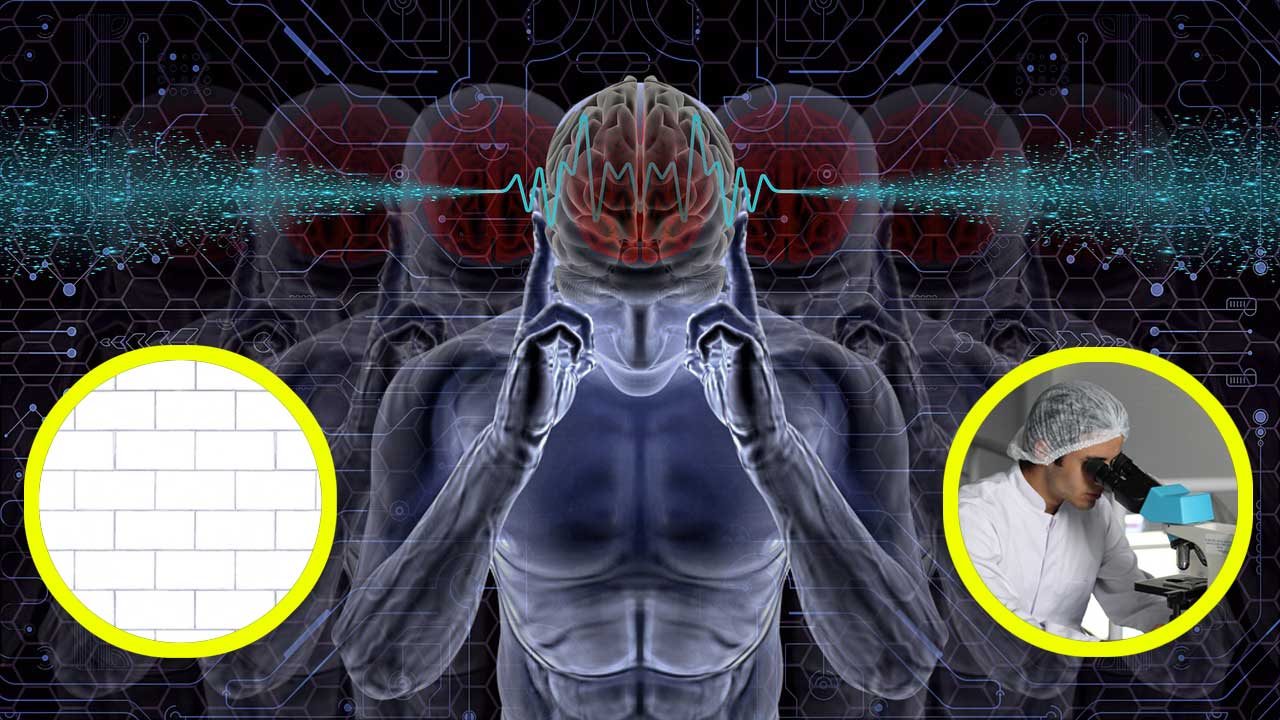Scientists at the University of California in Berkeley, CA, have managed to create a version of Pink Floyd's 1979 smash Another Brick In The Wall using recordings of patients' brainwaves.
The breakthrough was spearheaded by neurologist Professor Robert Knight, who decoded electrical activity from the auditory region of the brain – where sounds are processed – from 29 patients undergoing surgery for epilepsy.
The patients had electrodes placed on their brains during the procedure, and were played a three-minute version of the Floyd classic. Artificial intelligence was then used to decode the recordings and rebuild them into an audio file that's recognisably Another Brick In The Wall, but probably isn't suitable for road-testing expensive hi-fi.
“It sounds a bit like they’re speaking underwater, but it’s our first shot at this,” said Knight. Now that we know how to do this, I think if we had electrodes that were like a millimetre and a half apart, the sound quality would be much better."
It's thought that further work in the field could ultimately help to restore natural speech in patients with neurological conditions such as amyotrophic lateral sclerosis (also known as Lou Gehrig's disease), the condition guitarist Jason Becker was diagnosed with in 1989. Becker currently communicates using his eyes, via a system built by his father.
Another Brick In The Wall Part 2 spent three months in the UK chart following its release in December 1979. It was the first time Floyd had tasted success on the UK singles chart since See Emily Play reached No.6 in June 1967.

